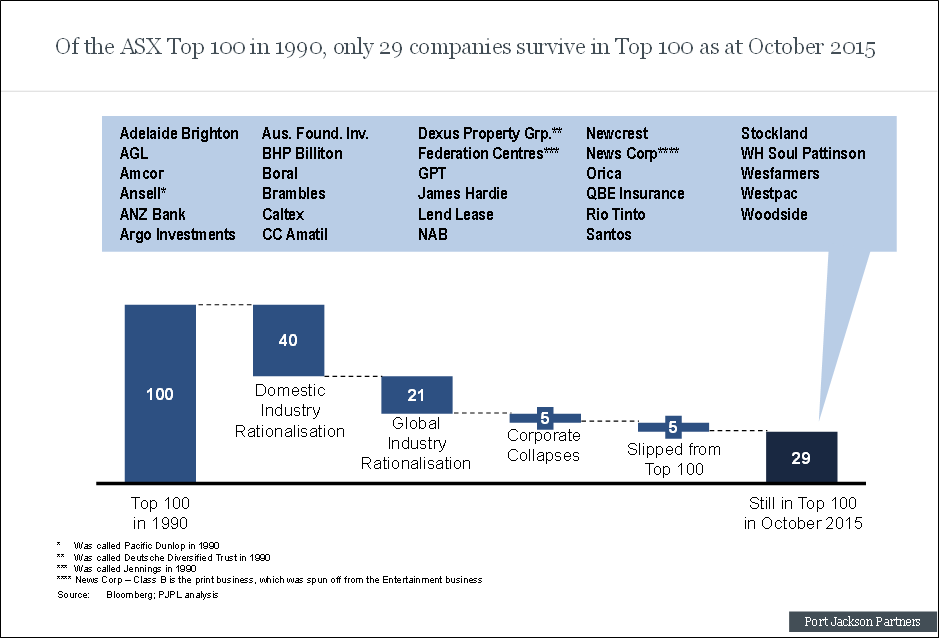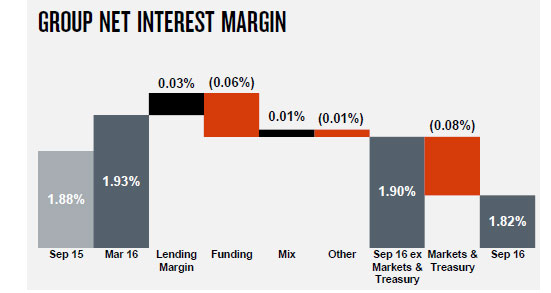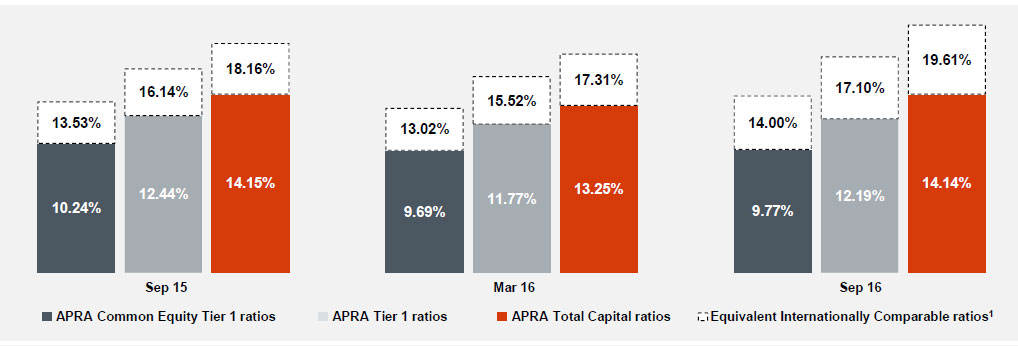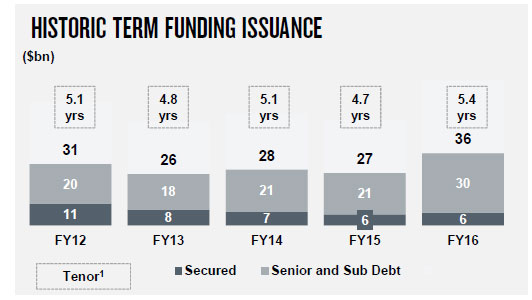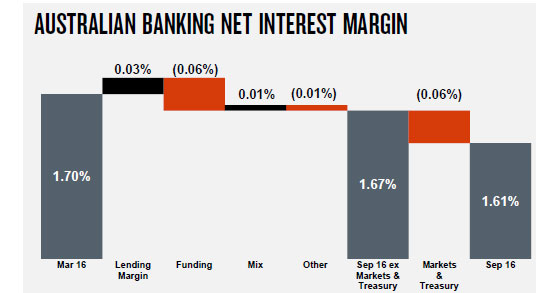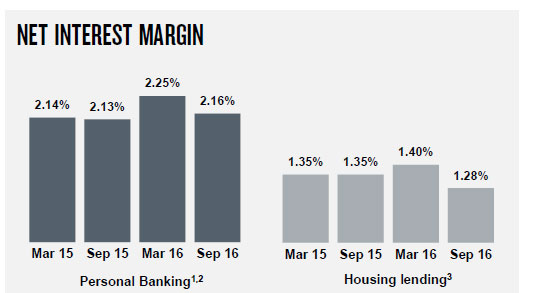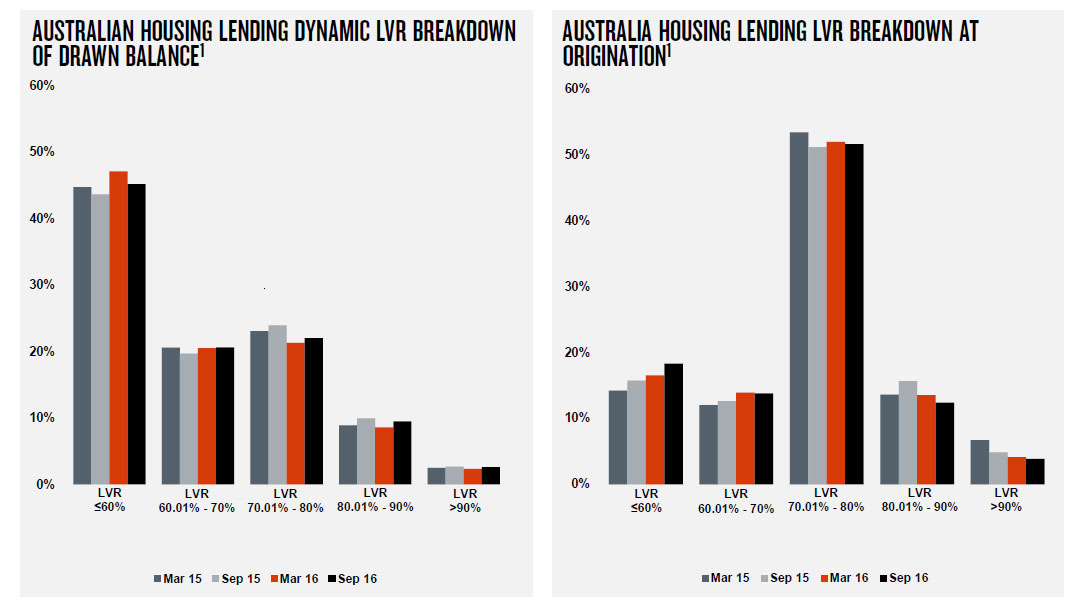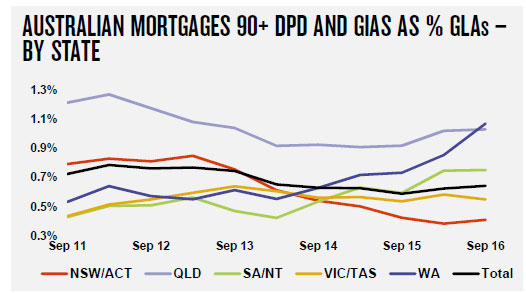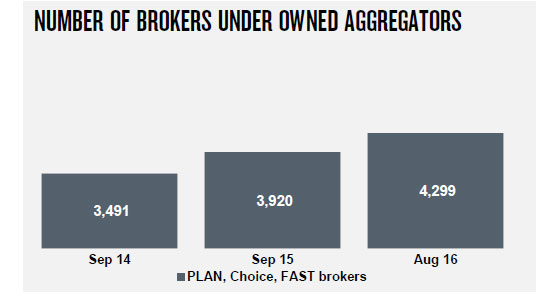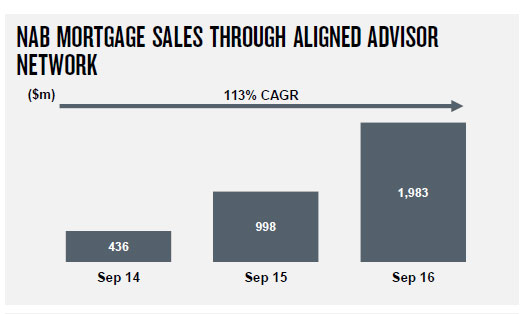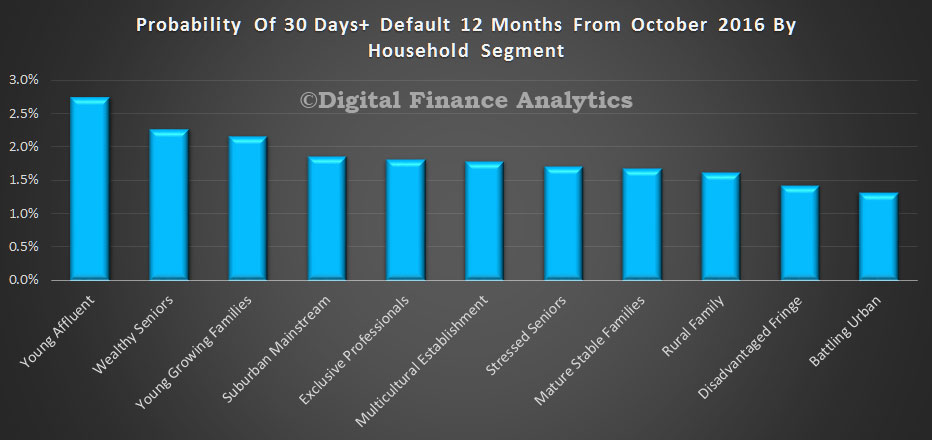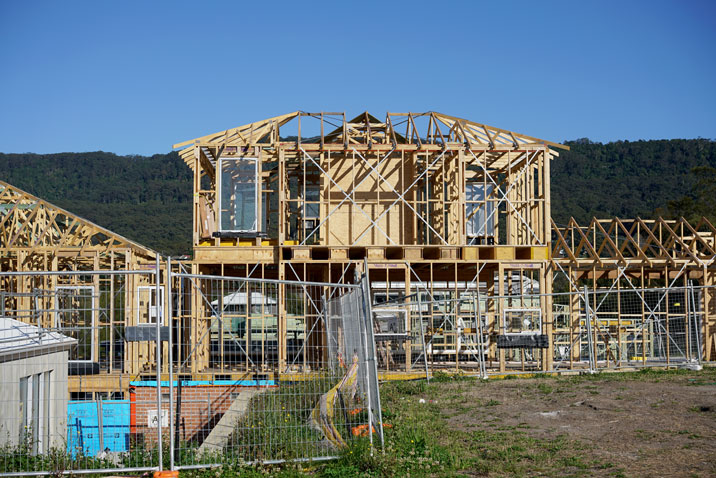Despite retaining its third-place ranking behind Denmark and Netherlands in the 2016 Melbourne Mercer Global Pension Index (MMGPI), Australia has sustained a slight drop in the rating of its pension system for the second consecutive year.
Whilst not alarming, narrowly missing out on the Index’s A-grade ranking by receiving a score between 75 and 80 for a sixth consecutive year indicates that despite being superior in many ways, further reform is required to ensure that Australia’s retirement system is considered world class, as is the case for Denmark’s and Netherlands’, which both retained their A-grade rankings.
Measures that were suggested to improve Australia’s system include:
- Introducing a requirement for an income stream to comprise part of the retirement benefit;pension age relative to ongoing increases in life expectancy;
- Increasing the preservation age;
- Continuing to increase labour participation rate at older ages.
Australia’s overall Index Value saw a decline from last year’s 79.6 to this year’s 77.9. Author of the report and Senior Partner at Mercer, Dr. David Knox, attributed this to a “reduction in the net replacement rate”, caused by the federal government’s decision last year to defer the increase of the Superannuation Guarantee from its current 9.5 per cent to the proposed 12.
Despite its deferral affecting this year’s Australian adequacy rating, former Commonwealth Bank CEO and most recent Chairman of the Financial System Inquiry (FSI) Dr. David Murray AO insisted in his interview with Franklin Templeton Managing Director Ms. Maria Wilton, that an increased superannuation guarantee was necessary for a sufficient adequacy, given the tightening of the taxation arrangements around superannuation by the Federal Government.
“The nominal contribution rate [of the current superannuation guarantee] is 9.5 per cent. In effect, this is closer to 8 on an after-tax basis, and in adequacy terms” he believed this was insufficient. “You would have to get at least 11 after tax… on a pre-tax basis, allowing for the contributions tax, that’s around 14-15%”, Dr. Murray explained.
More alarmingly perhaps, Dr. Knox hinted at the fact that Australia’s score could undergo a further decline in future years, due to the Index not yet having taken into consideration the tougher 2017 Age Pension assets test, which will see a reduction in pension payments.
“At the moment, there is no allowance for the new assets test that comes on January 1 next year. I’m expecting our net replacement rate… to fall again”, Dr. Knox stated.
Despite these issues, Dr. Knox confirmed that the positives associated with the Australian pension system far outweighed the negatives, noting that a significant factor in Asian countries such as India, Singapore and Korea being the biggest improvers in the 2016 index ratings, was these countries considering the Australian system an archetypal source of recommendations.
These sentiments were endorsed by Dr. Murray, who deduced that “in a low growth world, with unfunded systems from much of the developed world” a country taking Australia’s third rank was “more likely to come from Asia” than anywhere else.
This year, 27 countries were included in the MMGPI, all of which obtained an index value based on more than 40 indicators, each belonging to one of three sub-indices; adequacy, sustainability and integrity. Covering almost 60% of the global population, one of its primary aims is to highlight the shortcomings in each country’s retirement income system, and suggest possible areas of reform.
THE VERY SIGNIFICANT IMPACT OF AGEING POPULATIONS ON GLOBAL PENSIONS
As well as dealing with annual rankings, this year’s edition of the MMGPI closely inspected the impact of an ageing global population, and how well equipped each country in the Index is to deal with this issue.
It was found that each country has experienced improvements, albeit to varying extents, in life expectancy over the last four decades. As outlined by Dr. Knox, when these projected increases in life expectancies are combined with recent marked decreases in fertility rates, the result is that “many countries are facing a significant [old] age dependency ratio over the next 25 years”.
“[In] 1980, we had almost 6 workers per older person, a couple of years ago, we had 4.7 and by 2040, we will have 2.3”.
It was found that of the countries in the Index, the one best placed to tackle this issue of an ageing population was Indonesia, due to the combined effects of its relatively low projected old age dependency ratio in 2040, and its preferable scoring on a range of mitigating factors, which it was explained by Dr. Knox, were very likely to offset the inevitability of having more aged.
These mitigating factors include:
- Labour force participation rate for 55-64
- Labour force participation rate for 65+
- Amount of increase in the labour force participation rate for 55-64
- Projected increase in the retirement period over the following 2 decades;
- Pension fund assets as a % of GDP.
Professor Rodney Maddock, Interim Executive Director of the Australian Centre for Financial Studies, who hosted the Index’s official launch, echoed Dr. Knox’s thoughts, noting that an adjustment to both the retirement and pension eligibility age was necessary to ensure the continuing sustainability of Australia’s superannuation system: “Australians are living longer, living larger portions of their life in retirement and spending more in retirement, so we need to be well-placed to ensure fulfilling, adequately-funded retirements.”
From a more global perspective, perhaps in a much more dire state, is a nation such as Japan, which according to Dr. Knox, will have “one retiree for every 1.44 people of working age by 2040”, demonstrating the “alarming” projected old age dependency ratios in some nations.




